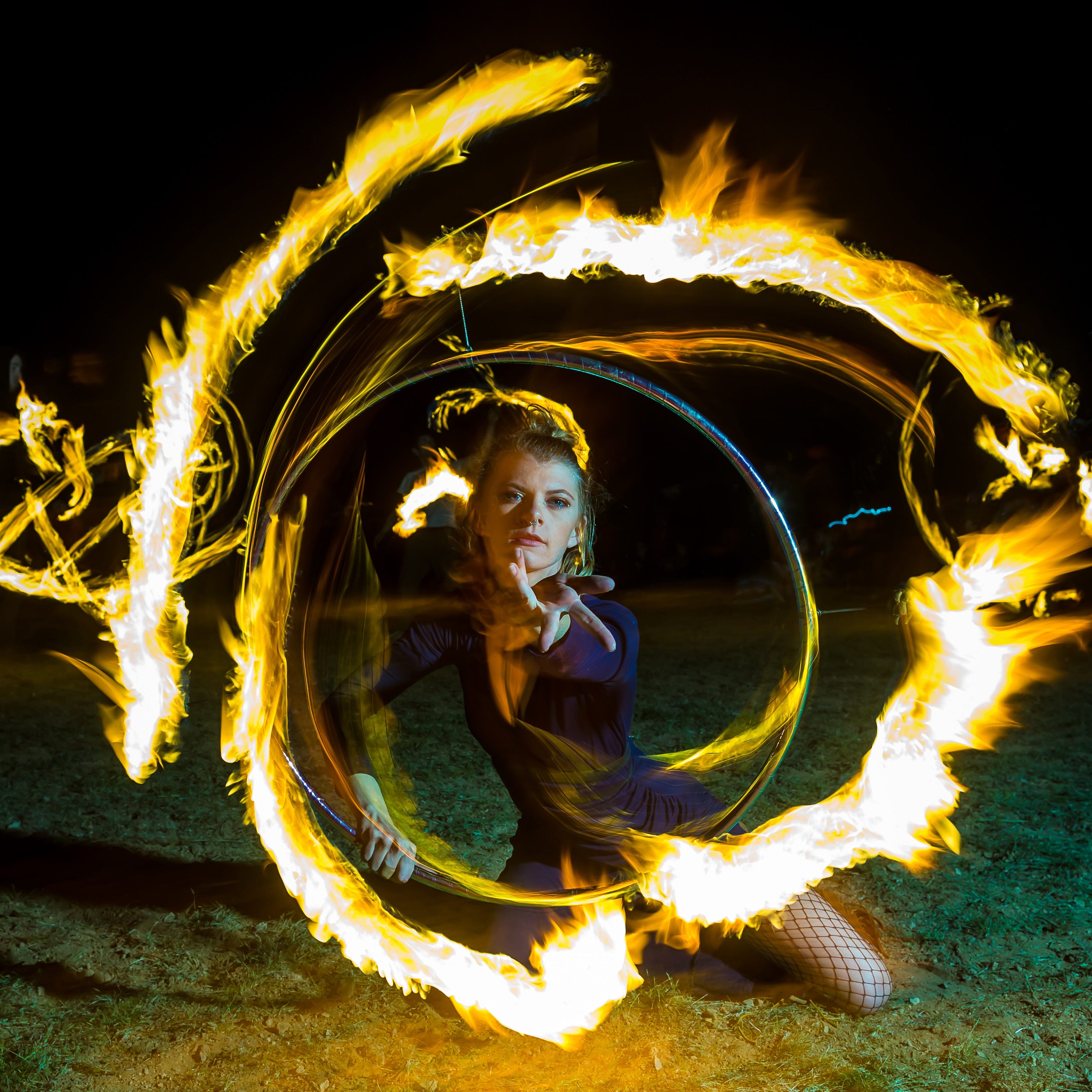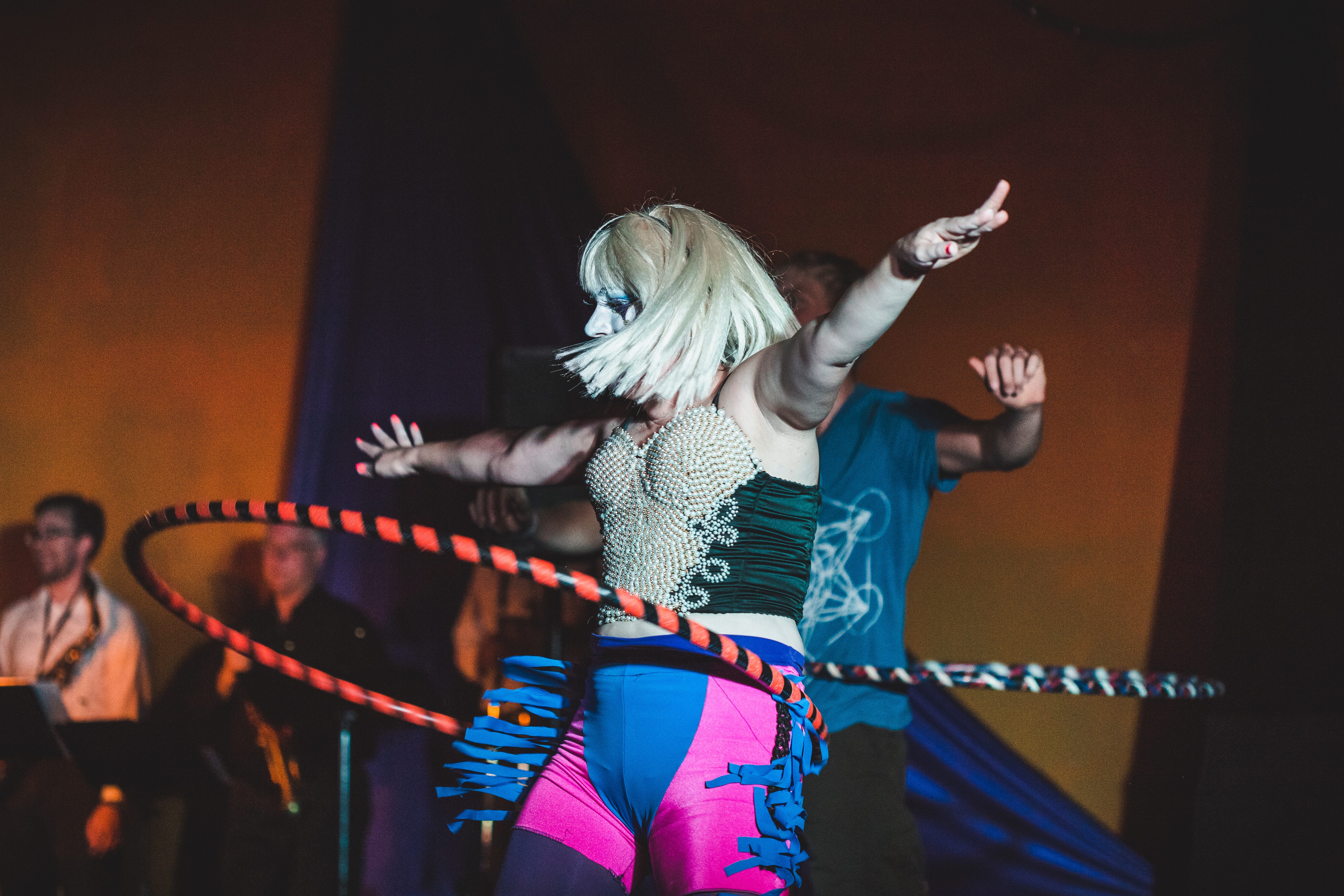
Member-only story
Vaudeville: The Weird and Wonderful Dreamscape of Dance and Song
Vaudeville is dead. But, not really.
Think of late-night sketch comedy shows, especially Saturday Night Live. Think of competition shows that feature daring and amazing stunts. Think of the dancing-girl shows that took hold in the Old West and never left America. Think of buskers on the streets of New Orleans. Think of mimes of the streets of New York.
Vaudeville, originally a word for a satirical song, is both more ancient and more contemporary than we give it credit for. A resurgence in stunt work, the exhibition of “unusual humans” — this time with a more ethical approach — and burlesque all speak to a fascination with the weird and wonderful that never left, and in a world of sociopolitical turmoil and deep-seated changes, are ever more relevant.


Vaudeville’s origins are deeply tied to circus and sideshow, especially the traveling aspect and the use of acrobatics and what’s now called flow arts. Overall, the shape of vaudeville was so broad that it became synonymous with variety, although some suggest that variety had a risqué connotation, while vaudeville was more family-friendly with a disdain for related art forms such as burlesque. However, like its descendants, reality television and late-night variety, vaudeville does have a certain bawdy aspect, albeit sanitized in some later iterations by producers Tony Pastor and Benjamin Franklin Keith, that reflects its origins in the saloon show.
It also simply celebrates the ridiculous.

Variety theatre (the origins of variety television popular in the '60s) can be traced back to European traveling sideshows. As with reality television today, people were less interested in the “real” and more interested in the unreal. The surreal.

